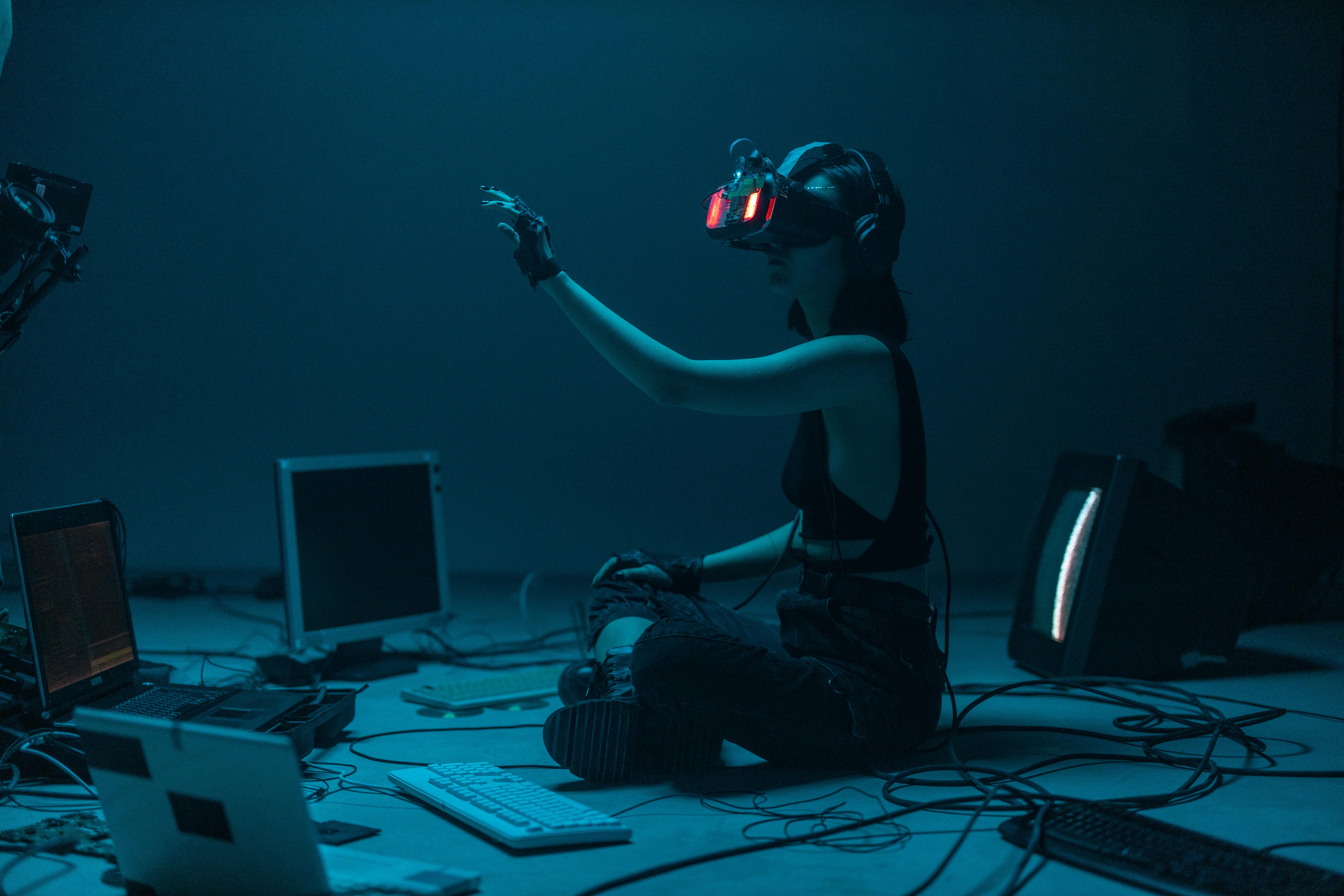Exploring OpenAI's Significant Contributions: A Detailed Overview of Six Open Source Models

OpenAI, an artificial intelligence organization, is garnering attention for its innovative contributions to the AI industry. They've made significant strides in developing open-source models that have greatly influenced the AI landscape. Among their several contributions, six open-source models notably stand out. These models include GPT-3, DALL-E, CLIP, Codex, GPT-2, and DOTA.
Fascinating Insights into OpenAI's GPT-3
The Generative Pretrained Transformer 3 (GPT-3), OpenAI's prominent language processing AI, is well-known for its superior capabilities in understanding and generating text in a way that closely mirrors human proficiency. Boasting around 175 billion machine learning parameters, GPT-3 excels in tasks such as translating languages, writing essays, answering questions, and other tasks that require a firm grasp of language rules and context. GPT-3's power and potential make it an invaluable tool in various industries, including writing, education, programming, and more.
Exploring the Creativity of DALL-E
DALL-E, another remarkable model from OpenAI, uses the GPT-3's transformer to generate unique and imaginative images from textual descriptions. With the ability to combine distinct concepts into a single image that doesn't exist in the real world, DALL-E has pushed the bounds of AI creativity, making it a revolutionary tool for graphic designers, advertisers, animators, and other creatives.
CLIP: Bridging the Gap Between Vision and Language
OpenAI's CLIP (Contrastive Language–Image Pretraining) is a novel model that links vision and language understanding. CLIP can recognize an image and then associate relevant textual descriptions with it and vice versa, displaying a solid understanding of both modalities. This functional interoperability makes it valuable for applications such as image search or text-to-image translation.
Codex: Coding Made Simpler
Codex is another model developed by OpenAI, aimed at making the coding process smoother and easier. This language model, trained on a range of public coding repositories, can convert natural language instructions into Python code snippets efficiently. Codex could potentially be a game-changer for developers, programmers, and coding enthusiasts by greatly simplifying coding tasks.
A Look Back at GPT-2
Before GPT-3, there was GPT-2, a model that marked a critical milestone in AI language understanding. Although smaller in size when compared to its successor, with 1.5 billion parameters, GPT-2 set the stage for more advanced models. While it made headlines for its potential misuse, GPT-2 demonstrated the vast potential of transformer-based language models.
Understanding DOTA
Lastly, OpenAI's Dota 2, an AI system developed to play the online game Dota 2, showcases the company's progress in reinforcement learning. DOTA already defeated world champion esports teams, proving the potential of AI in mastering complex, strategy-based environments.
Conclusion
OpenAI's groundbreaking open-source models have shaped the trajectory of the AI domain, pushing limits and hinting at the immense potential of artificial intelligence. Each model reflects a different facet of AI development, from language understanding and creativity to coding assistance and game strategy mastery. Their continued innovations serve as a testament to the exciting future that lies ahead in the realm of artificial intelligence.



